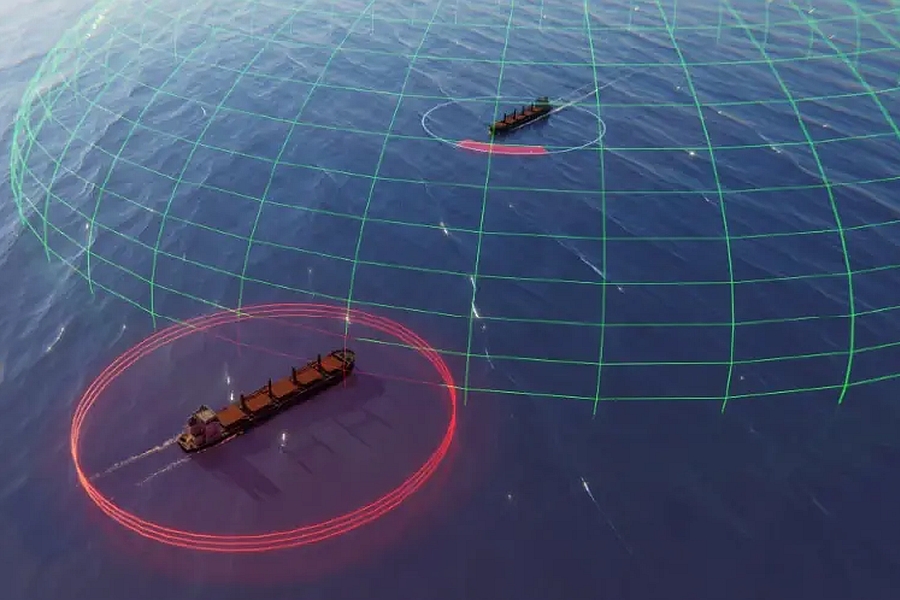MARIN has started the new Alert Joint Industry Project (JIP). Within this JIP, MARIN seeks to determine the conditions for when it is safe to periodically leave navigation spaces unattended and at the same time examine whether that improves the safety, working and living situation for the crew on board.
MARIN is starting the JIP together with shipping companies, other maritime companies and institutes. New participants are welcome to join. A consultation session will be organised on 14 March 2024.
Also read: VIDEO: MARIN’s new Simulator Centre building delivered
Fatigue
Fatigue, due to irregular working and sleeping hours and monotonous (boring) working conditions, negatively affects watchstanders across the maritime industry. Combined with excessive working hours when the ship is in port or when it transits busy shipping areas, fatigue is frequently the cause of (near-)accidents and incidents.
Without any prospects of improvements, such working conditions also cause well-trained and highly educated individuals to leave the profession, resulting in continual hiring and training to be part of the regular ship operation.
Bridge unattended without compromising safety
The JIP seeks to improve that situation by making it possible for the navigation bridge to be left unattended when the conditions are monotonously safe. For the project, a virtual dome will be placed around the ship. The greater the extent of the dome, the stricter the conditions, the sooner the seafarers are warned. When and which extent of the dome is appropriate?
The principle is based on the experiences with machinery spaces on board. For several decades, machinery spaces have benefitted from automation systems and “unattended machinery spaces” designation, to allow machinery spaces to be unattended mostly during the “dark hours” of the day.
Automation systems monitor the technical operation to alert the engineer on duty, when necessary, to any issues needing attention. The set-up of unattended machinery spaces allowed the engineers to dedicate their working hours to the necessary maintenance during the daylight hours and maintain a more favourable and healthier daylight/nighttime sleeping pattern.
Also read: MOSES autonomous shipping demo takes place at MARIN
Alert JIP scope
In the Alert JIP, MARIN will work in close cooperation with volunteering seafarers on the following topics:
- Determine which tasks are carried out during navigation bridge watch standing at sea, with priority indication.
- Determine, with input from the consulted crew members, what constitutes safe conditions/situations and benchmark the safety levels. Although it is expected that these will be primarily external conditions (such as weather, sea state, traffic density, and distance to navigational hazards and land) attention should also be paid to issues like cargo, manoeuvrability, size, and speed of the ship.
- Establish the impact of these safe conditions on the reduction of watch standing hours for different operations, for example by using route simulation.
- Create an alerting scheme how best to notify the watch stander that the safe situation or conditions have changed from the pre-set levels using Human Machine Interface (HMI).
- Determine how best building situational awareness with an HMI.
- Verify the technological requirements, conduct a gap analysis with what is already commercially available and establish training requirements.
- The MARIN simulator will be used to confirm the alert scheme and HMI.
- Designated volunteering ship’s crew (on board operational ships) will provide feedback on HMI.
- Document the potential impact on (IMO) regulations and responsibility for safety, security, and environmental processes on board.
Picture by MARIN.
Also read: How MARIN verifies Tetrahedron’s new tag line system








